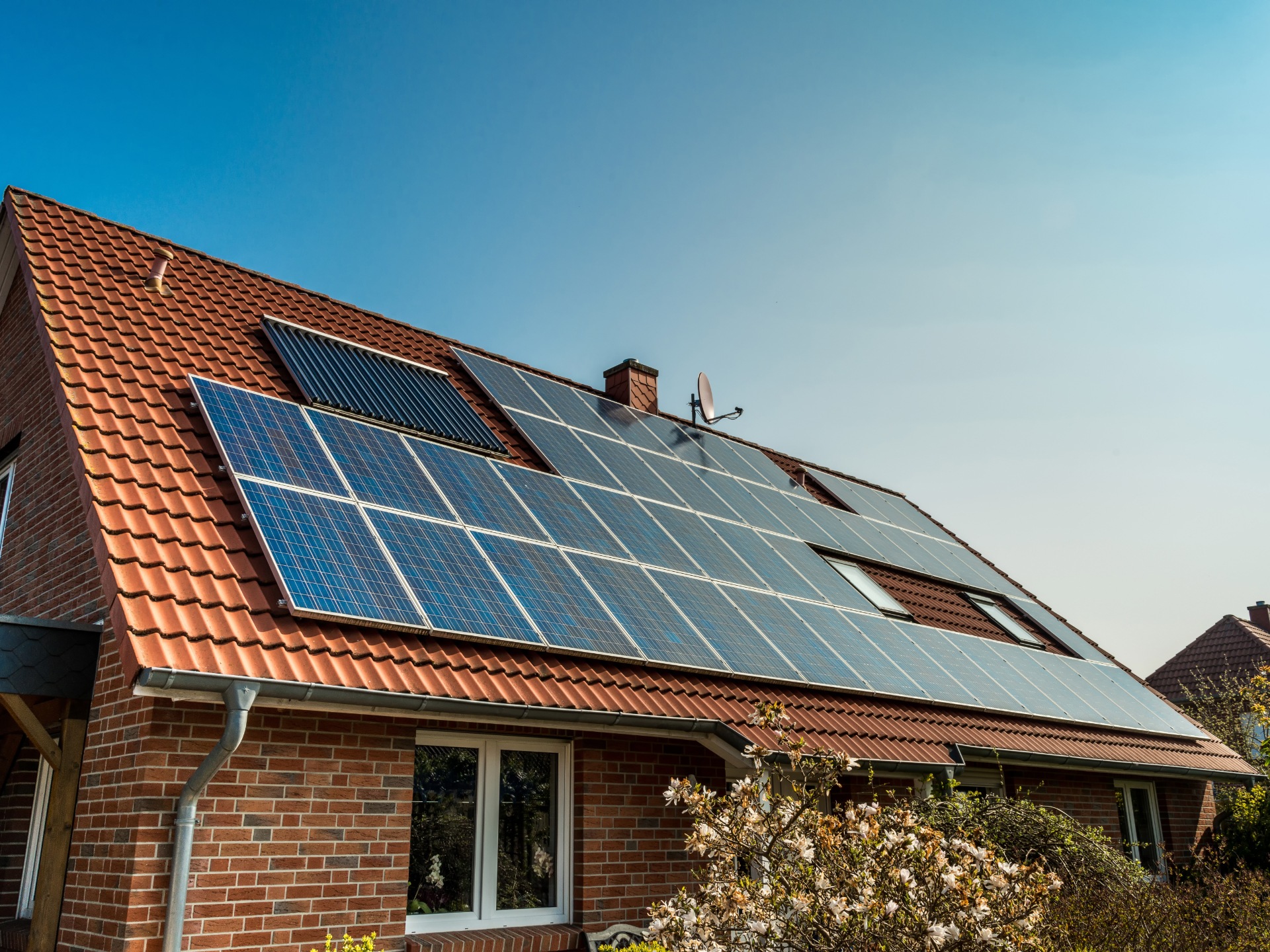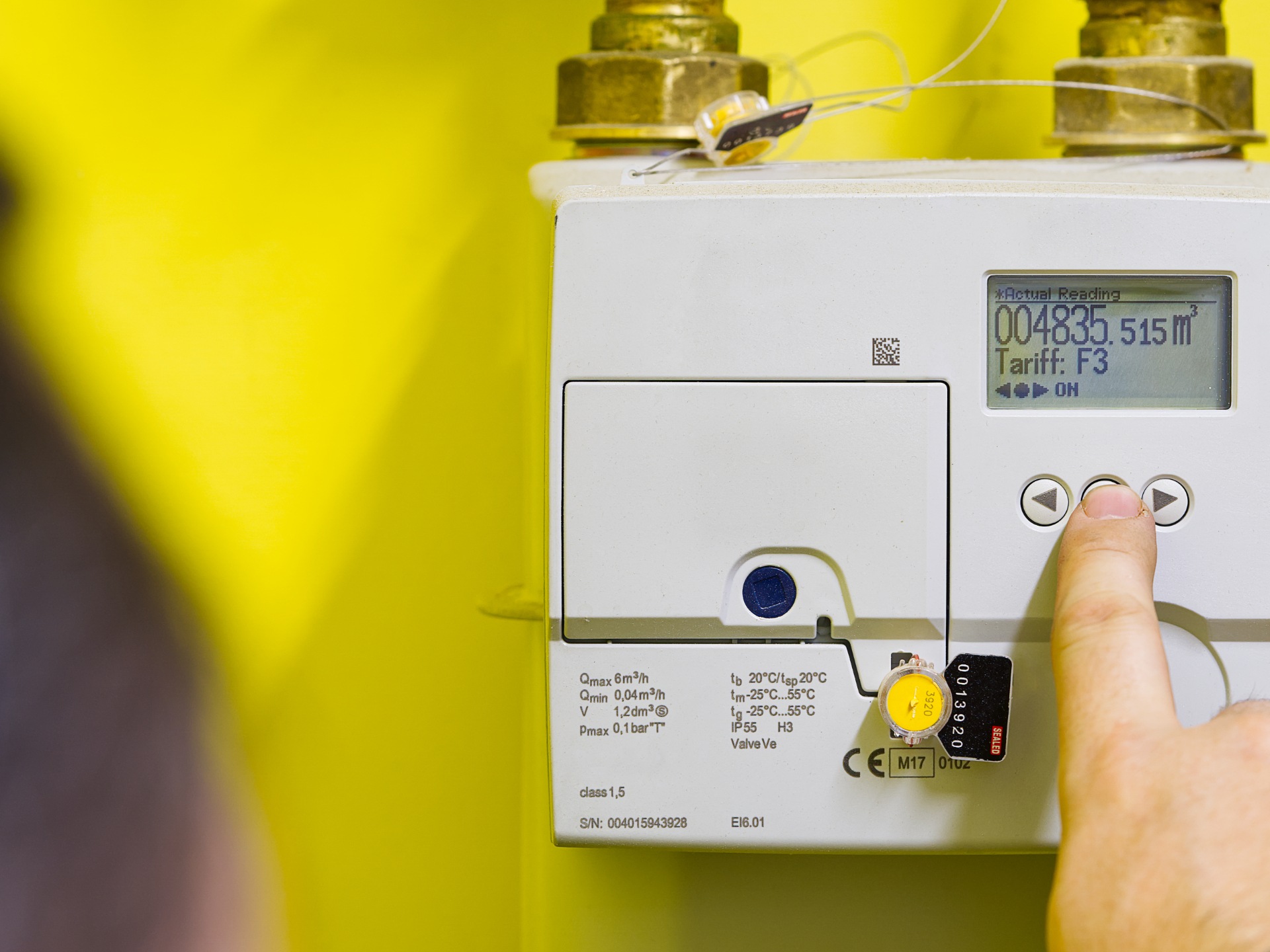Should you get a smart meter? Pros and cons
Despite a few downsides, a smart meter could see you save money on your energy bills.
Smart meters were pushed as a way for consumers to save money on their energy bills and get more accurate billing, but the initial rollout, coupled with a lot of negative press, has made many of us wary of having one installed.
Despite this, around 31 million smart meters have been installed in UK homes, with the government setting the target to complete the rollout by 2025. It’s likely that if you don’t have a smart meter now, you’ll be asked to get one soon, but is it worth the upgrade?
What is a smart meter?
Smart meters aren’t that different to the traditional meter that you have in your home: they measure the amount of electricity and gas you’re using. The big difference is that a smart meter can send this data directly to your energy supplier so they can see how much energy you’re using and generate more accurate bills without the need for estimates (or relying on you to read your meters every month).
Smart meters can be configured to send readings every half hour, daily or monthly, depending on your preferences. To access some tariffs, you need to use half-hour reporting.
While more accurate bills are one thing, more accurate reporting is also useful for suppliers, as they can see how much energy is being used and when it’s being used. In particular, that’s valuable information for balancing the electricity grid.
With dumb meters, electricity is charged at a flat rate (either through the day or on-peak and off-peak), although the cost of generation varies through the day. And, at peak periods, there’s often a requirement to fire up fossil-fuel power stations, which is not good for the environment.
Smart meters let energy suppliers see when demand peaks and let them better manage the grid and renewable energy. By changing how electricity is charged and varying the rate throughout the day, suppliers can encourage users to shift their energy use, which can be both good and bad.
Beyond reporting, smart meters all come with an In Home Display (IHD), which will show the current energy usage in the house, with the idea that this information can be used to reduce energy consumption.

SMETS1 and SMETS2 – the big smart meter mess
There are two types of smart meters in the UK, the first-generation SMETS1 and the second-generation SMETS2. When rolled out SMETS1 smart meters would only work with one electricity supplier: if you switched suppliers, your smart meter would go dumb. That is, it would stop reporting energy use automatically; you’d be back to taking manual readings from its screen.
SMETS2 smart meters were built to address this problem, allowing people to switch suppliers while maintaining the smart features. If you get a new smart meter now, it will be the newer SMETS2 type.
Those with a SMETS1 meter aren’t being left out. There’s a nationwide upgrade programme designed to change these old meters into the newer SMETS2 type. If you’ve got an older meter and have changed suppliers (or want to), you will have to wait until your upgrade has gone through before the smart features come back. Talk to your energy supplier to find out more.
How do you get a smart meter?
Smart meters are available for pay-monthly customers and pay-as-you-go customers. In fact, it’s the same meter, and a smart meter can be remotely switched between the two modes (more of that later).
Smart meters are provided for ‘free’. That is, although the cost of the cost of the smart meter programme is spread across everyone’s bills, there’s no actual upfront cost for getting one. Your energy supplier has likely contacted you about installing one; if not, you can request the upgrade.
Installations are via appointment, and the availability of appointments varies depending on where you live in the country, so it’s best to check with your energy supplier to find out the situation where you live.
Most smart meters communicate with your supplier using the mobile phone network. If you have good phone reception, then a smart meter should work, but if you don’t you may not be suitable for a smart meter. However, there are alternative communication methods that meters can use, although support varies by supplier. Again, before installation, you should talk to your supplier.
Do you have to have a smart meter?
Despite information you may have read to the contrary, you don’t have to have a smart meter and are not obligated to accept one if your supplier contacts you. There have been some horror stories of suppliers bullying customers into accepting the upgrade, saying it’s a legal requirement. This is not the case; you can refuse to have one installed if you don’t want one.
If you have an issue with how your energy supplier has dealt with you, you can complain to your supplier and, if you’re not happy with the response, to the Energy Ombudsman or talk to Citizens Advice.
That said, there are some instances where you may have to accept a smart meter. If you are building a new property or moving into a new build, then you’ll most likely have to have a smart meter.
If your old meter breaks (they do have a finite lifespan), then your energy supplier will likely fit a new smart meter, as it’s increasingly likely that they won’t have old-style meters in stock. However, you can ask your supplier to turn off the smart features on a smart meter, so that it will operate like your old one. Just be aware that doing this will mean that you won’t get any of the benefits of a smart meter.
Finally, if you have solar panels and want to make money through the Smart Export Guarantee (SEG), you will need a smart meter that’s capable of monitoring how much money you’re feeding back into the grid.

What happens if a smart meter breaks?
Smart meters can become unreliable and may send incorrect data to your supplier or stop communicating. If this happens, then you can still use them like a traditional dumb meter. Just remember to take any manual meter readings from the display on the front of the meter, rather than your supplier’s web portal or your IHD.

What’s good about smart meters?
Aside from the fact that you don’t have to pay anything to have one installed, smart meters offer several advantages. First, you can see how much electricity and gas you’re using, and this awareness alone can help save money by prompting you to make energy changes. And you can see what differences your energy-saving steps have made.
This information tends to be a time-limited benefit. For example, if getting a smart meter prompts you to switch your light bulbs to LED ones, you can only do that job once. There does become a point where it becomes increasingly harder to make meaningful adjustments to usage to save power.
Next, you don’t have to take manual readings, so you will get more accurate bills. Your energy supplier will still want to take a monthly direct debit that averages your bill over the year, but this will be based on more accurate readings.
For PAYG customers, smart meters can be topped up online at any time, so no more rushing out with a key trying to get to the shops before they close.
With a smart meter, you can get access to a wider range of tariffs, including those with time-of-use charges: electricity costs more or less depending on the time of day that you use power. In a trial with some energy providers, there have even been periods of free electricity when there’s been an abundance of renewable energy.
To fully benefit from time-of-use tariffs, you need to be able to shift your energy usage into cheap periods, such as running washing machines and dishwashers and charging electric vehicles at night.
Technology is improving to help with this: smart car chargers will turn on when electricity is at its cheapest, for example. And, Haier, Hoover and Candy smart appliances now have an eco schedule mode: tell the app the blocks of time when you get the cheapest electricity, and your washing machine, tumble dryer and dishwasher will run in those cheaper periods.
Load shifting doesn’t help your bank balance; it helps balance the UK grid and reduce the reliance on fossil fuels.
What’s bad about smart meters?
A big worry is that energy suppliers can force a smart meter to change into PAYG mode without visiting your property physically. Pre-payment meters cost more to run, and there was a genuine concern that suppliers were forcibly moving customers to these with little reason. Ofgem had to step in and pause this practice until new guidelines had been approved.
Before an energy supplier can move you to a pre-payment meter, they must follow the guidelines set by Ofgem. You can check your rights by reading this Citizens Advice guide.
Another concern is that smart meters can be remotely cut off. However, energy suppliers can’t just cut you off, and they have to follow certain rules including contacting you to discuss a repayment plan and visiting you at home to assess your personal situation. Citizens Advice has guidance on what to do if you’ve been told your energy supply will be disconnected.
There’s a worry that energy suppliers will force people onto time-of-use tariffs, although there’s little sign of that happening and no recorded cases of this. Ultimately, whether this happens or not will depend on the government’s eco targets and how it sets out to manage the grid in the future.
Finally, there are some privacy concerns about the data that’s collected. The network that’s used to send data is a secure one, and only contains encrypted usage data that’s only shared with your supplier. Some anonymised data is shared with companies that manage the infrastructure, but there’s very little that’s personal in the collected data.
Should you get a smart meter?
There’s very little reason not to get one, particularly if you can use a time-of-use tariff to reduce the amount that you pay. That said, if you’re a light electricity user and don’t have electric heating, such as a heat pump or infra-red, and don’t have an electric vehicle, you probably won’t maximise the benefit of a meter, bar the more accurate billing.









